
WHY WE THINK IT’S HEALTHY:
It’s seafood, so we know it’s healthy because of the omega-3 fatty acids. It’s also an inexpensive source of protein, fairly low in calories and is quite tasty. Seems like the perfect food for low-carb diets.
WHY IT’S NOT:
While imitation crab is made from fish, it doesn’t provide all the omega-3 benefits of crab. To make this mystery meat, manufacturers skin, debone and mince Alaska pollock — a relatively cheap fish with a mild flavour — and make a paste known as surimi. So far, it’s still a fish. But then things go south. To add stiffness, starch from corn, wheat or tapioca is added, along with egg white, hydrolyzed soy, corn or wheat protein, artificial colours and flavours, vegetable oils, monosodium glutamate (MSG), salt, and, of course, sugar.
The product goes from being a high-protein, low-fat food to one that’s much higher in carbs and lower in protein. An average 3-ounce serving of imitation crab has 81 calories, 6 grams of protein and 13 grams of carbs (5 grams from sugar). The same amount of Alaskan king crab has the same amount of calories, but 10 grams more protein and no carbs.
Imitation crab is comparatively lower in fat, but that’s not actually a good thing. While a serving of Alaskan king crab provides 377 milligrams of essential omega-3 fatty acids, imitation crab has only 20 milligrams — a loss of about 95%. Imitation crab also has fewer vitamins and minerals than real crab. Like other processed foods that contain stabilizers, preservatives, sugars and added salt, it’s best avoided. Save your money for the real thing.
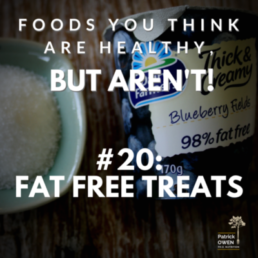
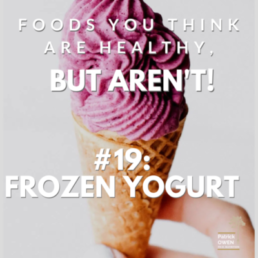

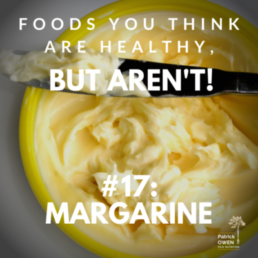
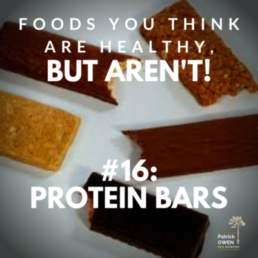
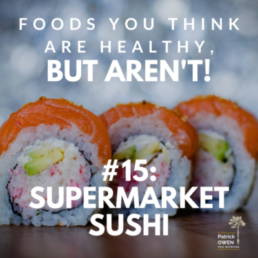
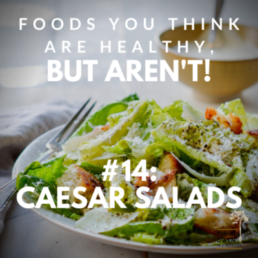
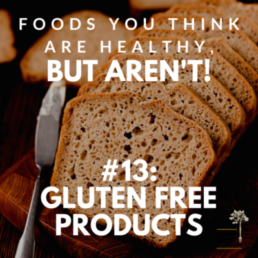

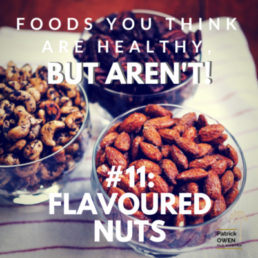
[…] Imitation crab also has fewer vitamins and minerals than real crab. Like other processed foods that contain stabilizers, preservatives, sugars and added salt, it's best avoided. via […]
[…] Imitation crab is comparatively lower in fat, but that's not actually a good thing. While a serving of Alaskan king crab provides 377 milligrams of essential omega-3 fatty acids, imitation crab has only 20 milligrams — a loss of about 95%. via […]
No! But I like them! Not all the time but sometimes I just like the deliciousness of “crab sticks” with prawn cocktail dressing to dip them into.
That said though I had wondered before, like it didn’t make sense the texture of the sticks compared to the texture of actual crab meat. And how they could do those sticks so cheap compared to what you would think they should cost to extract the crab meat and why put it in sticks?!
I for one agree with Geoffrey Morris, (as far as Taste Goes for Sure)! Now I’m Not saying I Handle the Flavor of a good crab but, I Do enjoy Scarfing Down a mess of it. To me, a batch of Hush puppies and fries, (Ice cold beer), makes a perfect summers day afternoon something special. Now I did read the above statement saying that the Fake stuff isn’t as good for you as the real thing and do agree it needs improvements but also consider that, (what I understand anyway), is that the imitation is derived from fish catches leftovers that otherwise might just get disposed of,,, Which to me, makes up for its shortcomings. Thanks for the read
[…] Foods you think are healthy BUT AREN'T! #22: IMITATION … […]
some people are allergic to shellfish.
[…] https://drpatrickowen.com/foods-you-think-are-healthy-but-arent-22-imitation-crab/ […]
Cheers